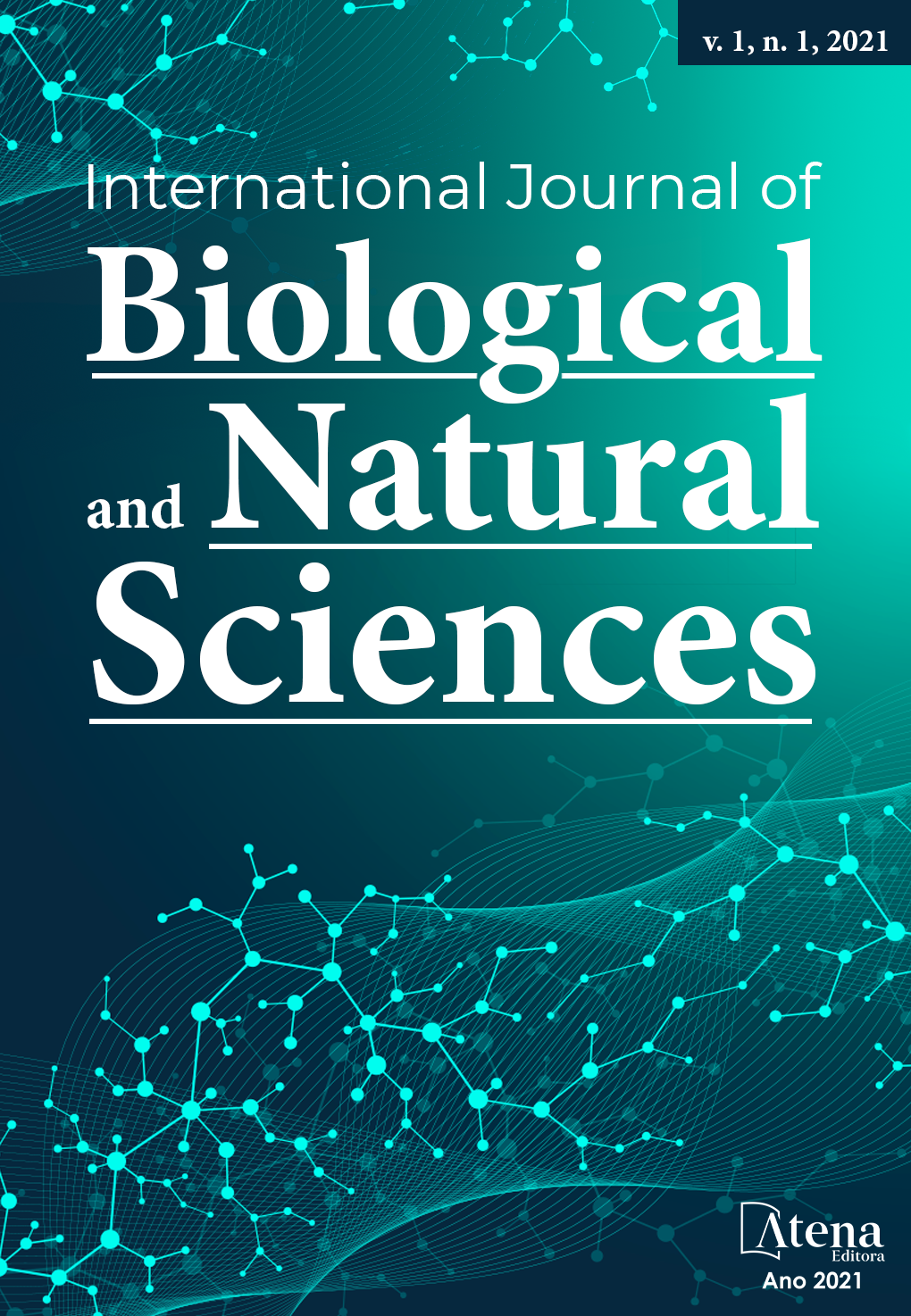
DIVERSITY OF MACROALGAE IN INFRALITORAL ZONES OF TWO ROCKY COASTS OF UBATUBA, SP
The rocky shores are important environments for the balance of coastal ecosystems, because due to the large amount of nutrients coming from terrestrial systems, they present favorable conditions to support great biodiversity. These are the richest areas in macroalgae among all marine ecosystems. The objective of this research was to identify the macroalgae diversity of the rocky shores of Itaguá and Fortaleza beach in the municipality of Ubatuba, São Paulo. The applied methodology was a visual estimate for covering the sample plots with 100 cm² and 400 cm². The bionomic indexes of number of species, the total percentage of the covering and the dominance and diversity index were applied. The results obtained indicated the presence of 8 species of macroalgae in the protected coast of Itaguá and 7 species in the coast of Fortaleza. The similarity between the two shores indicated a percentage of approximately 52.5%. The Shannon (H') index in Fortaleza was 1.8 and in Itaguá 1.65. Pielou (J) equitability in Itaguá was 0.79 and in Fortaleza approximately 0.93. It was seen that in the total of species obtained, the phylum of Rhodophytas was greater represented, corresponding to 50% of the species found, compared to the phylum of Phaeophytas which constituted 20% of the species. Despite having fewer species, brown algae were the most dominant of both beaches, being Sargassum sp. the most dominant in Itaguá and Padina gymnospora the most dominant in Fortaleza.
DIVERSITY OF MACROALGAE IN INFRALITORAL ZONES OF TWO ROCKY COASTS OF UBATUBA, SP
-
DOI: 10.22533/at.ed.8132116112
-
Palavras-chave: Diversity indices; Benthic algae; coastal ecosystems.
-
Keywords: Diversity indices; Benthic algae; coastal ecosystems.
-
Abstract:
The rocky shores are important environments for the balance of coastal ecosystems, because due to the large amount of nutrients coming from terrestrial systems, they present favorable conditions to support great biodiversity. These are the richest areas in macroalgae among all marine ecosystems. The objective of this research was to identify the macroalgae diversity of the rocky shores of Itaguá and Fortaleza beach in the municipality of Ubatuba, São Paulo. The applied methodology was a visual estimate for covering the sample plots with 100 cm² and 400 cm². The bionomic indexes of number of species, the total percentage of the covering and the dominance and diversity index were applied. The results obtained indicated the presence of 8 species of macroalgae in the protected coast of Itaguá and 7 species in the coast of Fortaleza. The similarity between the two shores indicated a percentage of approximately 52.5%. The Shannon (H') index in Fortaleza was 1.8 and in Itaguá 1.65. Pielou (J) equitability in Itaguá was 0.79 and in Fortaleza approximately 0.93. It was seen that in the total of species obtained, the phylum of Rhodophytas was greater represented, corresponding to 50% of the species found, compared to the phylum of Phaeophytas which constituted 20% of the species. Despite having fewer species, brown algae were the most dominant of both beaches, being Sargassum sp. the most dominant in Itaguá and Padina gymnospora the most dominant in Fortaleza.
-
Número de páginas: 14
- Nedina Matos dos Santos
- Karolina Marie Alix Benedictte Van Sebroeck Dória
- Daiana de Oliveira Santana


